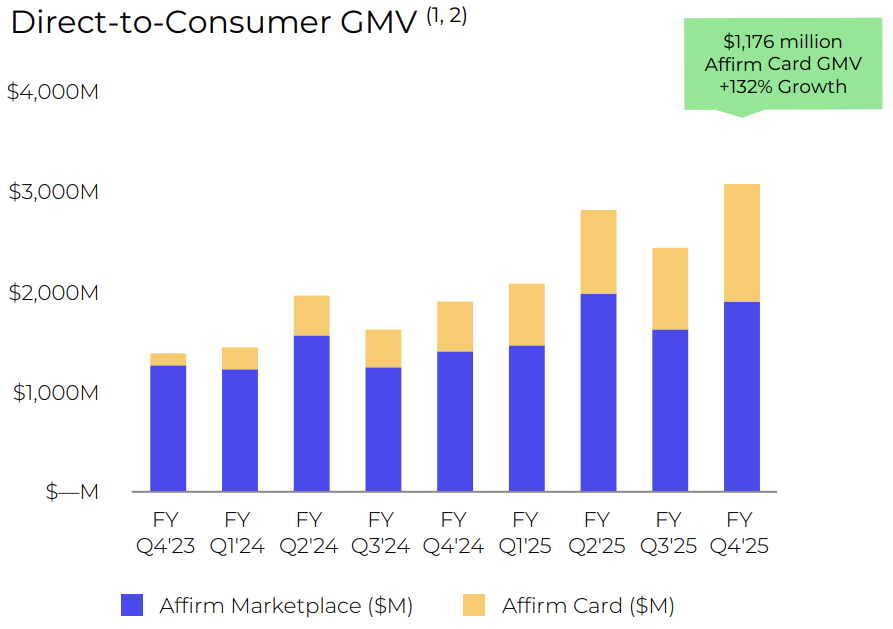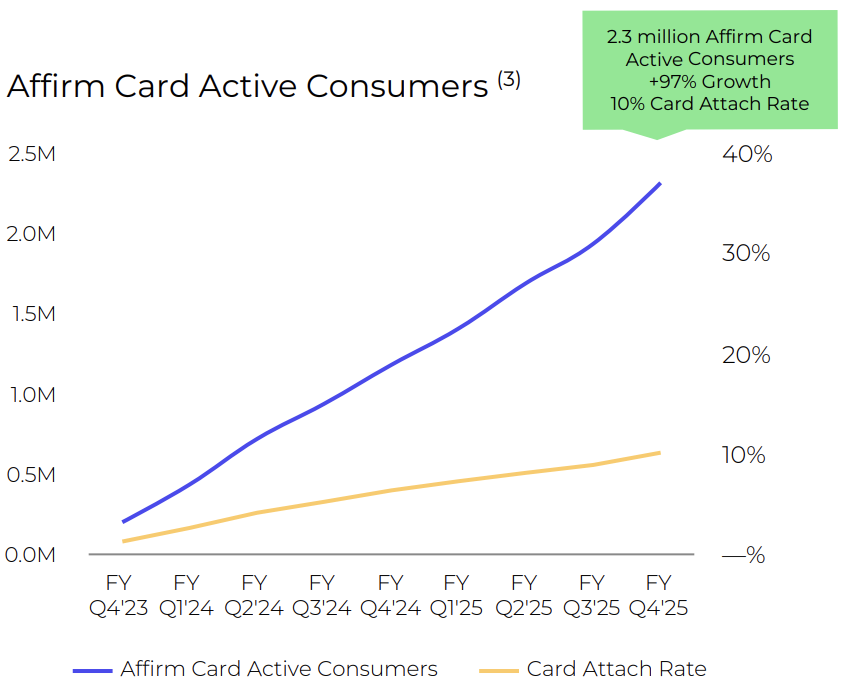The Wall Street incumbent embraces stability over volatility in asset management
On December 1, Goldman Sachs revealed plans to acquire Innovator Capital Management, a provider of defined-outcome ETFs, bringing 159 defined-outcome ETFs and $28 billion in assets under management into its portfolio. This move underscores where the incumbent bank now prioritizes growth.
[Defined-outcome ETFs, also called “buffered” ETFs, are exchange-traded funds designed to deliver a specific, pre-set investment result over a defined period. They use options and derivatives to offer upside potential while limiting downside losses.]
This is a structural pivot. Innovator gives Goldman scale in one of the fastest-growing corners of public markets and nudges the firm a little further out from the revenue volatility that has long defined its dominance. The deal is expected to close in the second quarter of 2026.
Why Innovator, and why now
…









